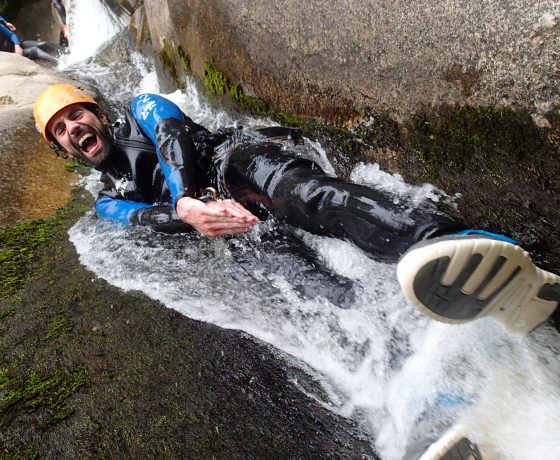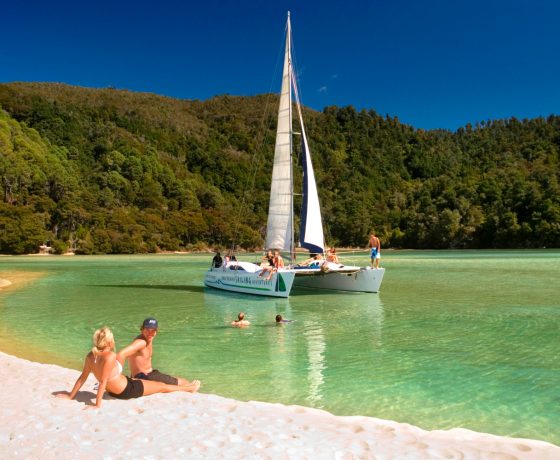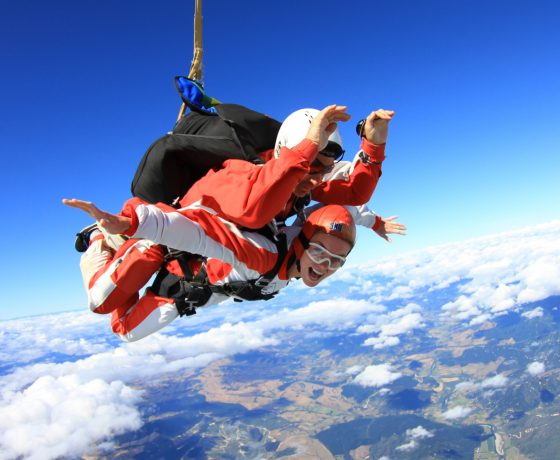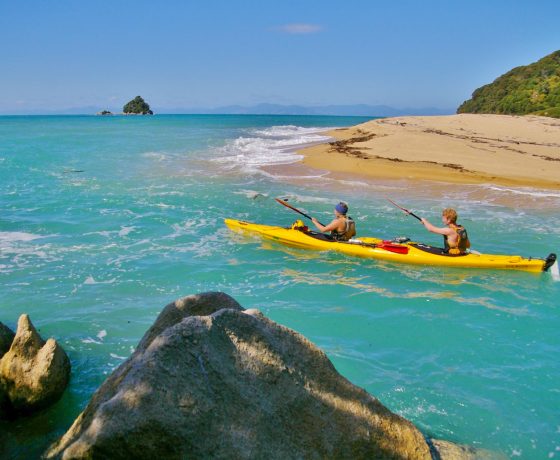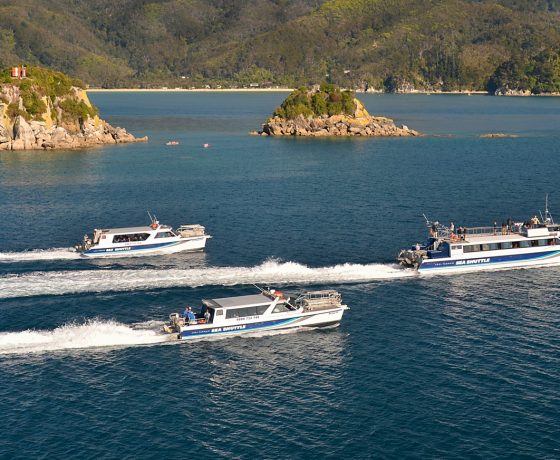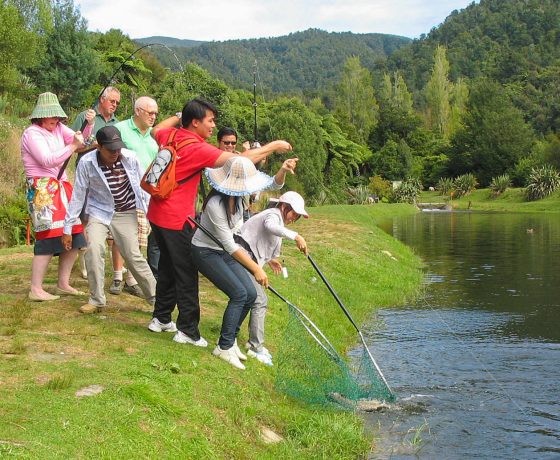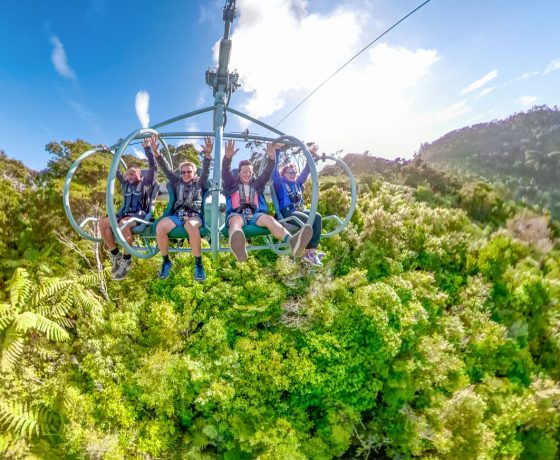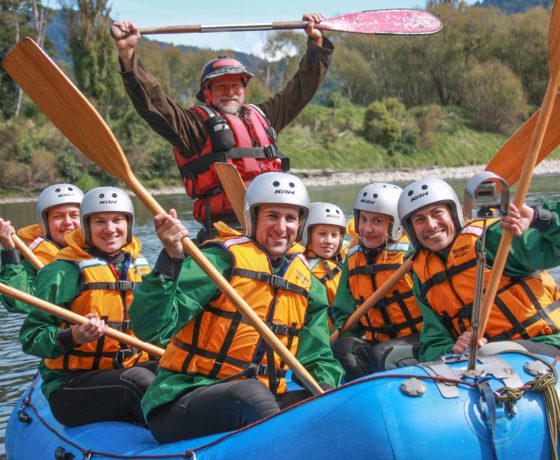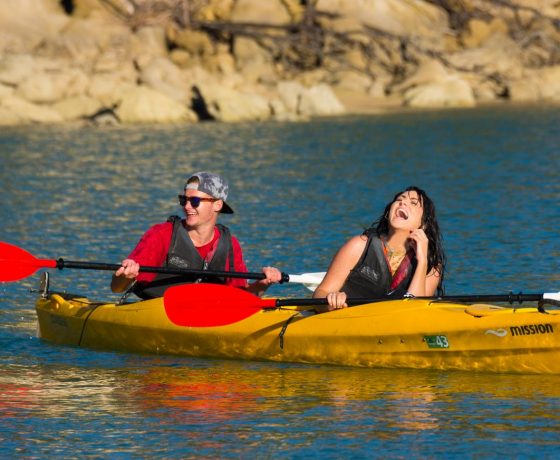

- Home
- North Island of New Zealand
- Far North, Cape Reinga & Ninety Mile Beach
- Hokianga & the Kauri Coast.
- Kerikeri
- Bay of Islands
- Paihia
- Russell
- Tutukaka
- Whangarei
- Auckland
- Waiheke Island
- Coromandel
- Hamilton – Waikato
- Raglan
- Waitomo
- Tauranga & Whakatane
- Gisborne
- Rotorua
- Lake Taupo
- Ruapehu
- Napier, Hawkes Bay
- Whanganui
- Wairarapa
- Wellington
- South Island of New Zealand
- Picton, Marlborough Sounds
- Blenheim
- Havelock & Pelorus Sound
- Nelson Tasman
- Murchison
- West Coast
- Okarito
- Kaikoura
- Hanmer Springs
- Christchurch
- Akaroa & Banks Peninsula
- Mount Cook, Lake Tekapo & Omarama
- Lake Wanaka
- Arrowtown
- Queenstown
- Glenorchy
- Te Anau & Manapouri
- Milford Sound
- Southland & The Catlins
- Stewart Island
- Dunedin
- Oamaru
- Blogs
- NZ Accommodation
- Contact Us
Nelson Tasman
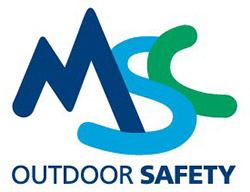
The best way to explore New Zealand’s walking tracks safely
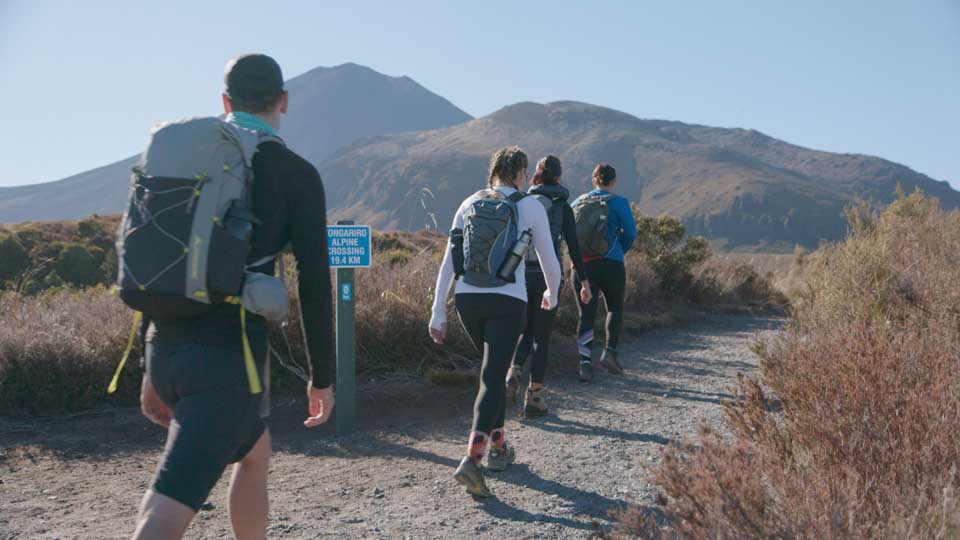
A how-to beginner guide from the NZ Mountain Safety Council
Getting started is easy If you’re looking for beginner information on hiking tracks, or top tips for getting outdoors in Aotearoa New Zealand, there are heaps of free resources available. Below is an introductory how-to guide from the NZ Mountain Safety Council.
First, find a trip that suits you and your group’s abilities.
Due to the rugged landscape and shape of our country, hiking tracks in New Zealand can vary a lot in terms of difficulty and condition. Some hikes might begin on shorter, well-marked gravel tracks and boardwalks but quickly change into steep, unmaintained routes into alpine areas. These changes can also occur within a short space of time or in an area that doesn’t have cell phone signal, so it’s essential to learn about the track before you go.
To find out if a track is the right fit for you and your group, ask yourselves the following questions:
- How long will it take to complete your trip? Will you be able to finish it during daylight hours? Remember to add extra time for travel, lunch and rest stops.
- How hard is the trip? Does it suit the fitness levels of everyone in the group?
- Do you know which way to go? Will it be easy to follow the track and not get lost? Packing a map and track description will help.
- What is the landscape like? Are there any dangerous or difficult sections?
- If the weather is bad, can you still do the trip? What would you need to do differently? Have you packed for all weather conditions?
- Will you need to cross an unbridged river? Make sure you have the skills and experience to do that safely. You should also be able to recognise when a river is unsafe to cross.
- How will you get to the track? Some tracks loop back to the same starting point, but many start and finish in different locations – plan how to get back to your car and/or ensure your transport is organised.
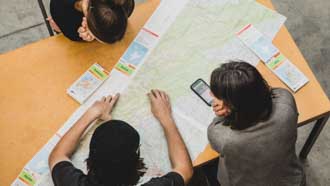
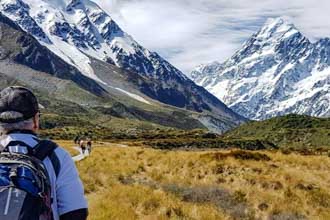
Key resources
You can use our Plan My Walk website and app to find tracks near you. Access key information such as weather, track conditions, and a customisable packing list, so you’re well prepared. You can also look at the track reviews left by other walkers to learn more about what to expect.
Watch our Tramping Video Series, which takes you through popular tracks in New Zealand and shows you what to expect and how to prepare. We cover many of the Great Walks, such as the Kepler, Routeburn, and Milford tracks, as well as the big day walks, such as Tongariro Alpine Crossing, Ben Lomond, Mueller Hut, Kauaeranga Kauri Trail/Pinnacles and other favourites!
Tongariro Alpine Crossing video: Tongariro Alpine Crossing | Tramping (Hiking) Video Series | New Zealand
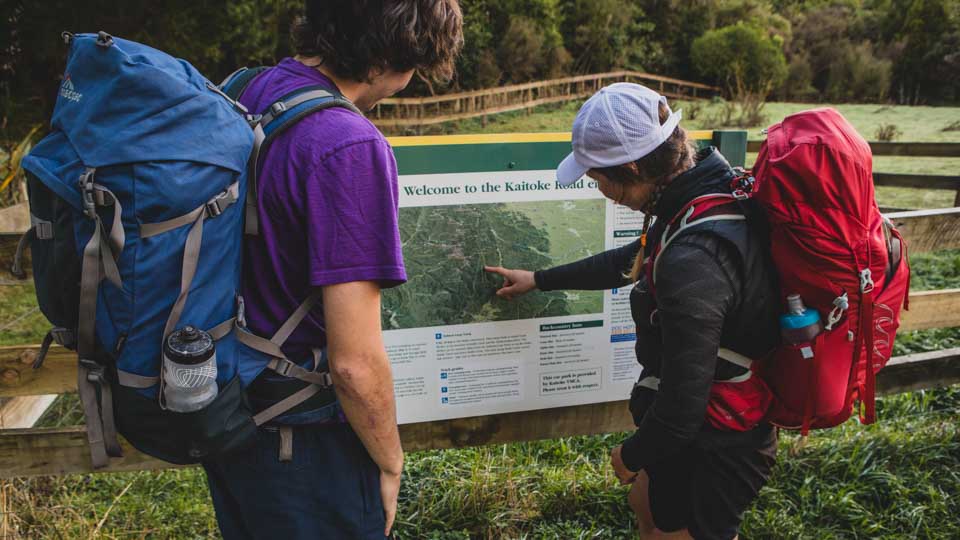
Photo Credit: Caleb Smith
1. How to find tracks and know what to expect
You can use the Plan My Walk website and app to find tracks near you. You’ll be able to access key information for free, such as weather, track conditions, and a customisable packing list so you’re well prepared. You can also look at the track reviews left by other walkers to learn more about what to expect.
The Tramping Video Series is a great video resource which takes you through popular tracks in New Zealand and shows you what to expect and how to prepare. We cover many of the Great Walks such as the Kepler, Routeburn, and Milford Tracks, as well as the big day walks such as Tongariro Alpine Crossing, Ben Lomond, Mueller Hut, Kauaeranga Kauri Trail/Pinnacles and other favourites!
Tongariro Alpine Crossing video: Tongariro Alpine Crossing | Tramping (Hiking) Video Series | New Zealand
2. Take the right clothing and equipment for a safer and more enjoyable experience.
It is important to wear the right fabrics and layer clothing to protect you from the changeable weather conditions that are common across New Zealand. You should also carry some basic supplies to prepare you for the unexpected. Plan My Walk has free customisable gear lists to help you get sorted.
The basics include:
– Warm and waterproof clothing (a thermal base layer, an insulation layer and a raincoat)
– a communications device that will work where you’re going
– sturdy footwear
– water and food
– a headtorch
– a backpack
– an emergency shelter/survival blanket or tent
– a first aid kit
Helpful videos and links:
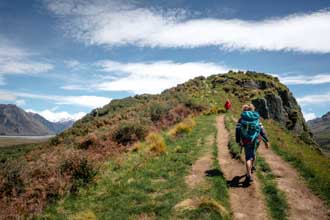
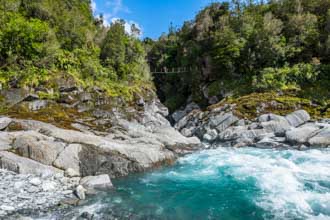
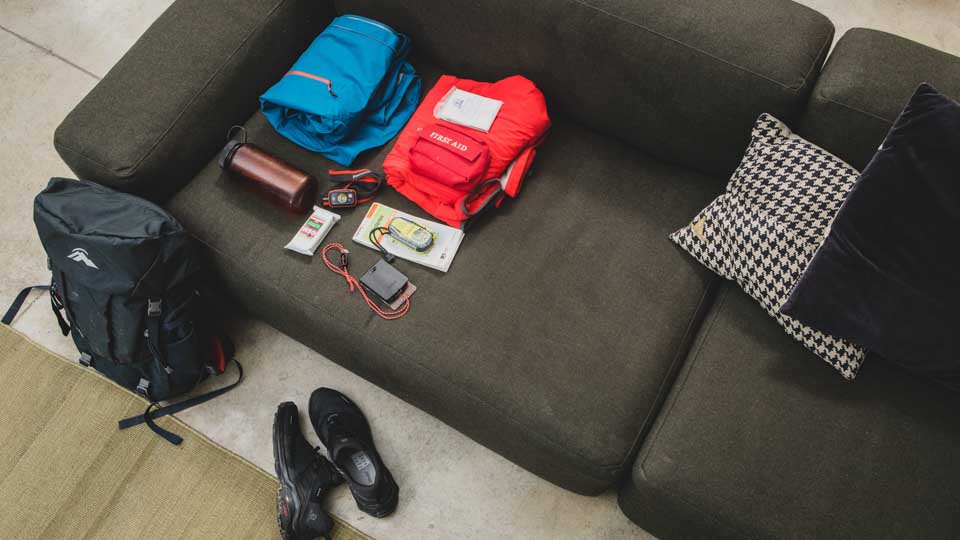
Photo Credit: Calem Smith
3. Prepare for your adventure before you set off.
Make a plan for your trip and share this with someone you trust. It is important to consider when you will set off, when you expect to return, when to sound the alarm if your contact hasn’t heard from you, and a backup plan. Share this with someone before you leave so they can contact search and rescue services if something goes wrong. Discuss your plan as a group to make sure everyone is on the same page.
You can use Plan My Walk to:
- Build a plan and send it to your emergency contact.
Add trip dates, an itinerary, notes, and documents, and send these details to a trusted contact so they know exactly what your plan is. Once back home, tell your trusted contact that you are back safe. - Check the weather and track alerts.
Check the weather forecast for the region you’ll be hiking in and continue to monitor this right up until you leave. Learn to understand the weather, particularly thinking about rain and wind. For example, rain leading up to a trip can raise creek and river levels, making river crossings potentially unsafe. - Read reviews of what the track is like and leave your own.
You can share your photos and how you found the track in the review section in Plan My Walk, which helps other explorers decide if the track is right for them.
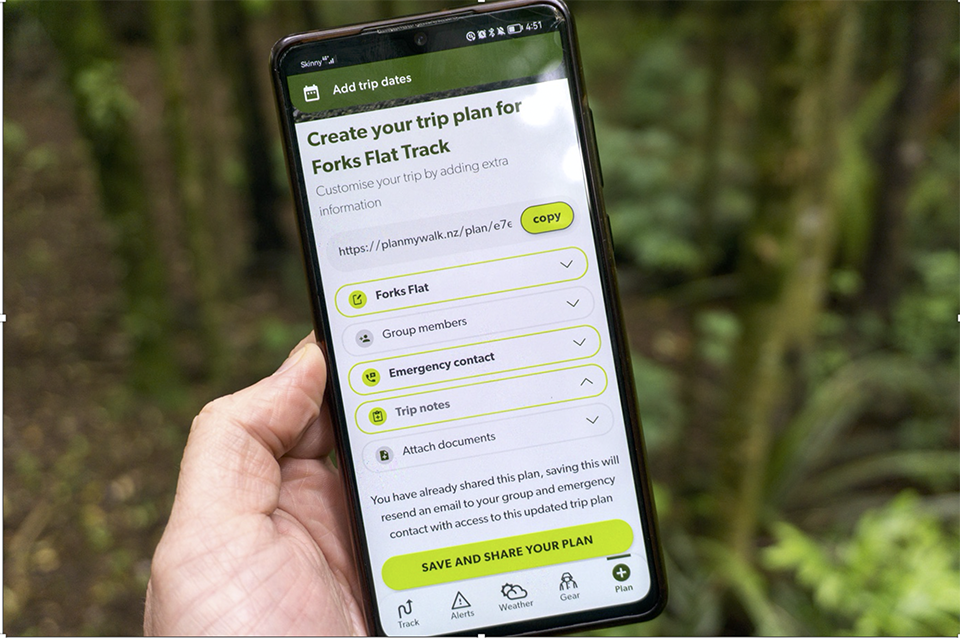
Photo Credit: Alice Adventuring.
Further information
If you’re looking for a track to hike or wish to do other outdoor activities such as trail running, mountain biking, hunting or backcountry snow sports, Aotearoa New Zealand has so many options to explore. The NZ Mountain Safety Council has plenty of free online resources such as instructional videos and eLearning modules to help you plan and prepare for a safe adventure.
- Try out Plan My Walk | It’s free to download and use as a guest or make an account to save and share your trips!
- Visit mountainsafety.org.nz | More resources to support your land-based adventures
- Follow the NZ Land Safety Code | This is a quick outline of everything you need to stay safe
- Follow us on our YouTube Channel and social media | Packed full of useful video content, you can also follow us on social media: @nzmountainsafetycouncil for further support!
